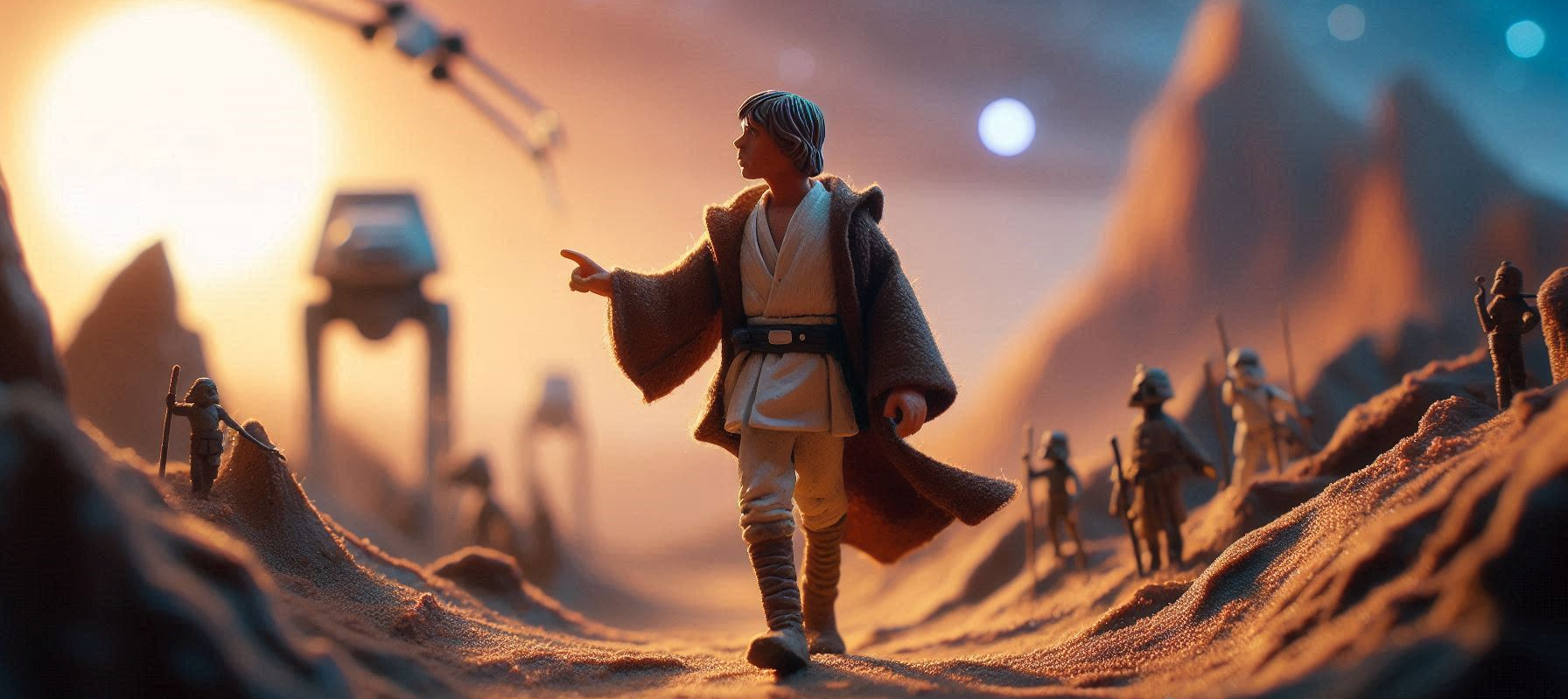One of the most widely used structures in fiction, both in narrative and film, is the so-called “Hero’s Journey.” This journey represents a path or progression, which may be physical but is always emotional, undertaken by the protagonist of a story as they evolve into a hero.
Hercules, Frodo, Neo, or Luke Skywalker… From ancient myths to modern epics, countless characters have followed this path. But it isn’t necessary to write a fantasy or adventure novel to incorporate it. This concept of an initiatory journey, where the protagonist returns home transformed and improved as a person, can be useful for any type of story, from a romantic comedy to a noir novel.
In fact, when I was working on my first novel—a personal, introspective story about growth and self-discovery—I realized I could use the Hero’s Journey as a reference. It helped me shape the protagonist’s emotional arc, even though the story wasn’t about epic battles or mythical creatures. This shows how versatile and adaptable the structure can be.
Whatever story you are writing, you can use the Hero’s Journey as a foundation and adapt it to your needs. After all, the hero’s journey doesn’t have to be literal; it can represent a struggle—external but especially internal—against obstacles that stand in the way of their goal. Each obstacle the hero overcomes marks another step in their growth.


To craft a story based on this structure, you need to define certain elements. Additional characters and elements can enhance the story’s depth, but at the very least, you’ll need:
- A protagonist, the main character who embarks on the journey, pursuing a goal and becoming a hero or a better version of themselves through the adventure.
- A goal, the ultimate objective the hero seeks, worthy of the effort and sacrifices made along the way.
- An antagonist whose primary role is to prevent the hero from reaching their goal.
- An impact character, or characters, as there can be more than one, whose actions significantly influence the protagonist’s decisions or behavior.
Once these elements are in place, let’s explore the key stages of the Hero’s Journey:
1. Introducing the Protagonist
The story begins by presenting the protagonist, an ordinary person living a routine life. This introduction need not be lengthy but should establish the character’s ordinariness and resignation.
2. The Call to Adventure
To engage the reader—or viewer, in the case of a script—, it’s crucial not to delay this stage: the call to adventure. This invitation offers the protagonist a chance to escape their mundane life and pursue a new goal. Initially, however, they are reluctant to accept and refuse the call.
3. The Impact
An unexpected event, often involving an impact character—e.g., Obi-Wan in Star Wars or Gandalf in The Lord of the Rings, changes the protagonist’s decision.
4. The Departure
The protagonist embarks on their journey, embracing change and moving toward their goal. This departure doesn’t have to involve joining a Rebel Alliance against an Empire; it could mean investigating a complex crime, diving into family history, or taking on a risky challenge at work. It symbolizes the start of the adventure and the conflict.
5. The Trials
The path to the hero’s goal is fraught with challenges. They must face a series of obstacles, with the antagonist doing everything possible to thwart them. Each trial is more challenging than the last, but the hero learns and grows as they overcome them.
6. The Great Obstacle
The antagonist unleashes their full strength, and the hero faces their ultimate test—the most daunting challenge of all.
7. The Climax
In the story’s climax, the hero appears on the verge of defeat. Overcoming the final trial seems impossible, but they muster all their strength and the lessons learned along the journey to prevail and achieve their goal.
8. The Hero’s Return
In the story’s resolution, which should be brief to avoid an anticlimactic feeling, the hero returns home transformed. Their life may still be routine, but they are no longer the same person. They’ve changed, and they may carry a reward from their journey—though it might not be what they initially sought. For example, the hero might have set out in search of treasure but ultimately found love instead.
Conclusions
The Hero’s Journey is a versatile framework that can adapt to any genre or story. By understanding and personalizing its stages, you can create compelling narratives that resonate deeply with readers. Whether your protagonist is battling mythical creatures, solving a mystery, or finding love in an unexpected place, this structure provides a roadmap for transformation and growth. At its core, the Hero’s Journey mirrors the struggles and triumphs we all experience, which is why it continues to captivate audiences across generations. So, take your story—and your hero—on an unforgettable journey, and watch as they inspire, challenge, and connect with your readers.
